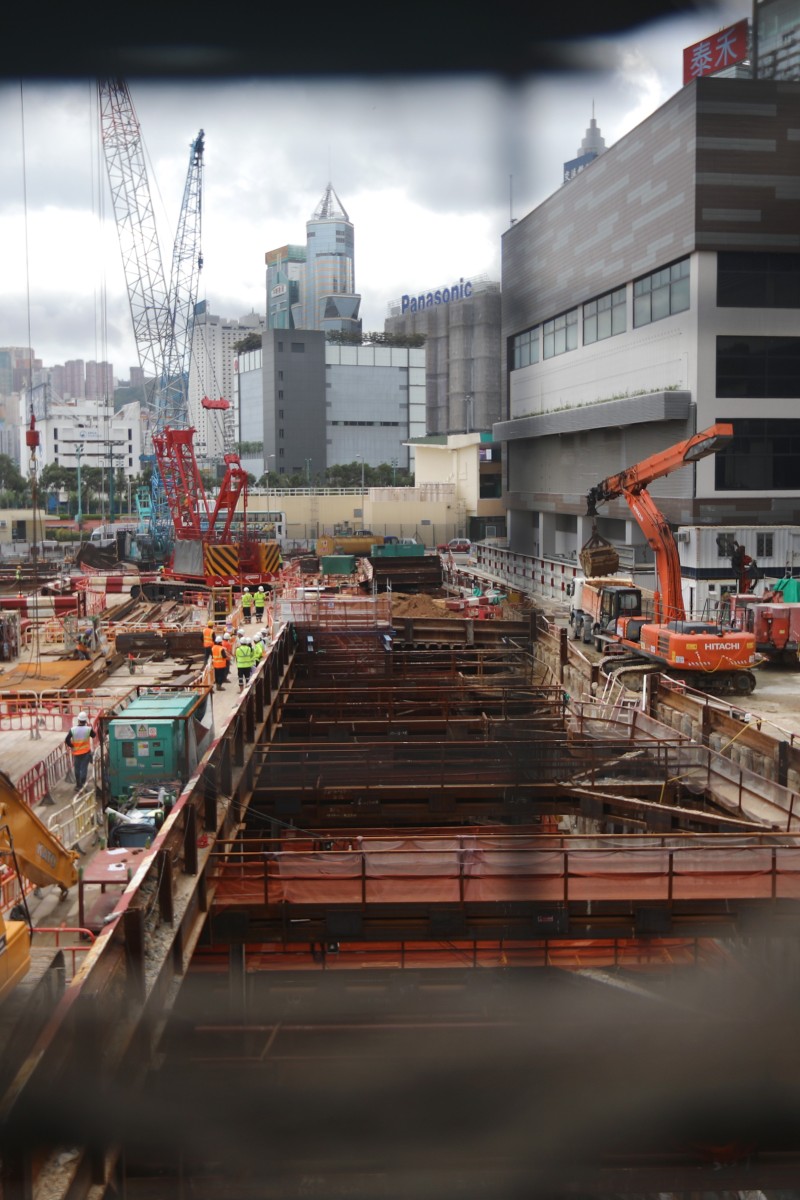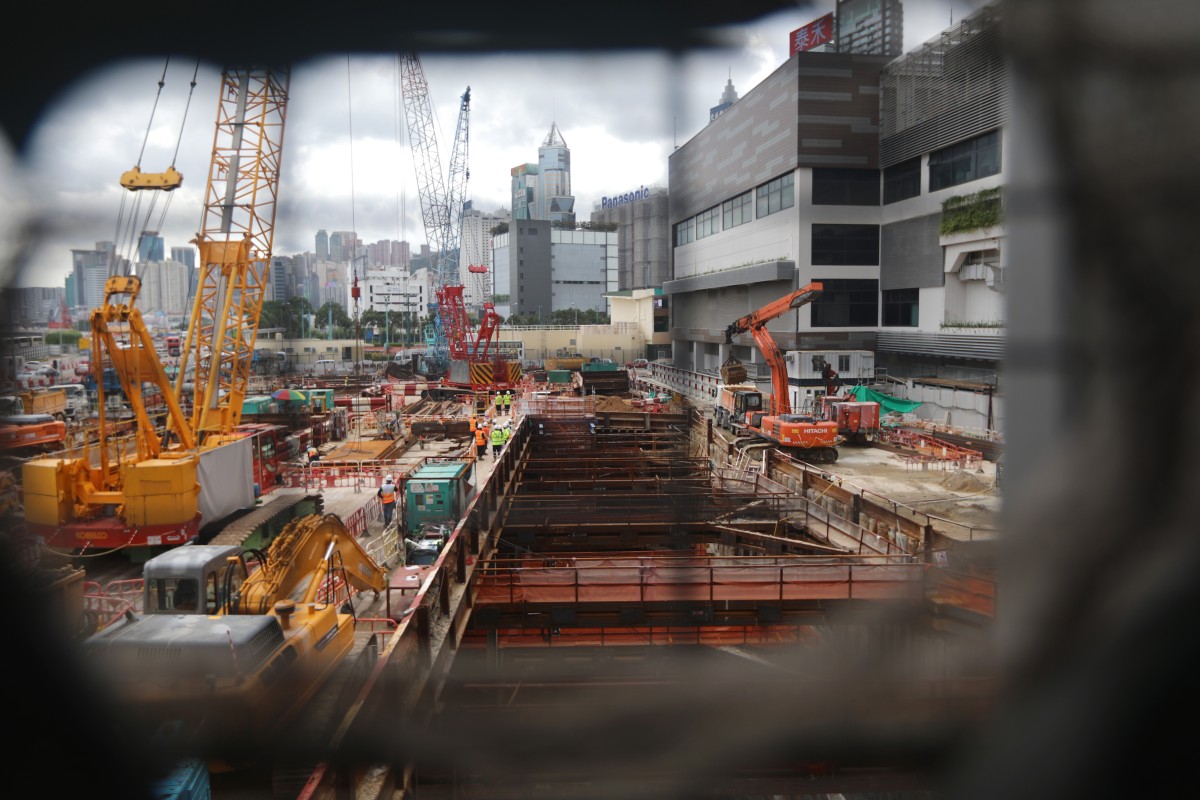
Design changes to Hung Hom station cast doubts on the safety of MTR platforms
Rail company ‘did not follow approved plans for construction at Hung Hom station’
 MTR’s Sha Tin to Central Link has come under the spotlight.
MTR’s Sha Tin to Central Link has come under the spotlight. The government has revealed that construction at the MTR’s Hung Hom station may have differed significantly from plans approved by the Buildings Department, casting doubts on the safety of the station’s platforms.
Government officials said the MTR Corporation gave them “conflicting reports” on the construction of the Sha Tin to Central Link, which has been plagued by reports of shoddy construction work.
Several top-level MTR managers were forced to resign on Tuesday night over the scandal, with MTR chairman Frederick Ma Si-hang and CEO Lincoln Leong Kwok-kuen also set to quit early.
Former judge will lead investigation of Hong Kong MTR's corner-cutting scandal
Speaking at a press conference on Tuesday, Secretary for Transport and Housing Frank Chan Fan cast doubt on the accuracy of the MTR’s reports, adding that the government and the police are continuing their investigations.
Chan revealed that an initial report given to the government by the MTR in June said there were 23,500 couplers installed in the platforms. The couplers connect the metal rods that form part of the platform’s structure, and are sealed inside the concrete after being installed. When the Highways Department pushed the MTR to provide more detailed diagrams last month, Chan explained there were “significant differences” between the diagrams and the initial report.
The government’s investigations found that there were 2,000 fewer couplers than the initial plans approved by the Buildings Department. The structure of some of the platform’s “slurry walls” was also changed so that couplers did not have to be used during construction.
Cheung Tin-cheung, the director of the Buildings Department, said the MTR had not informed them about any changes to the approved design.